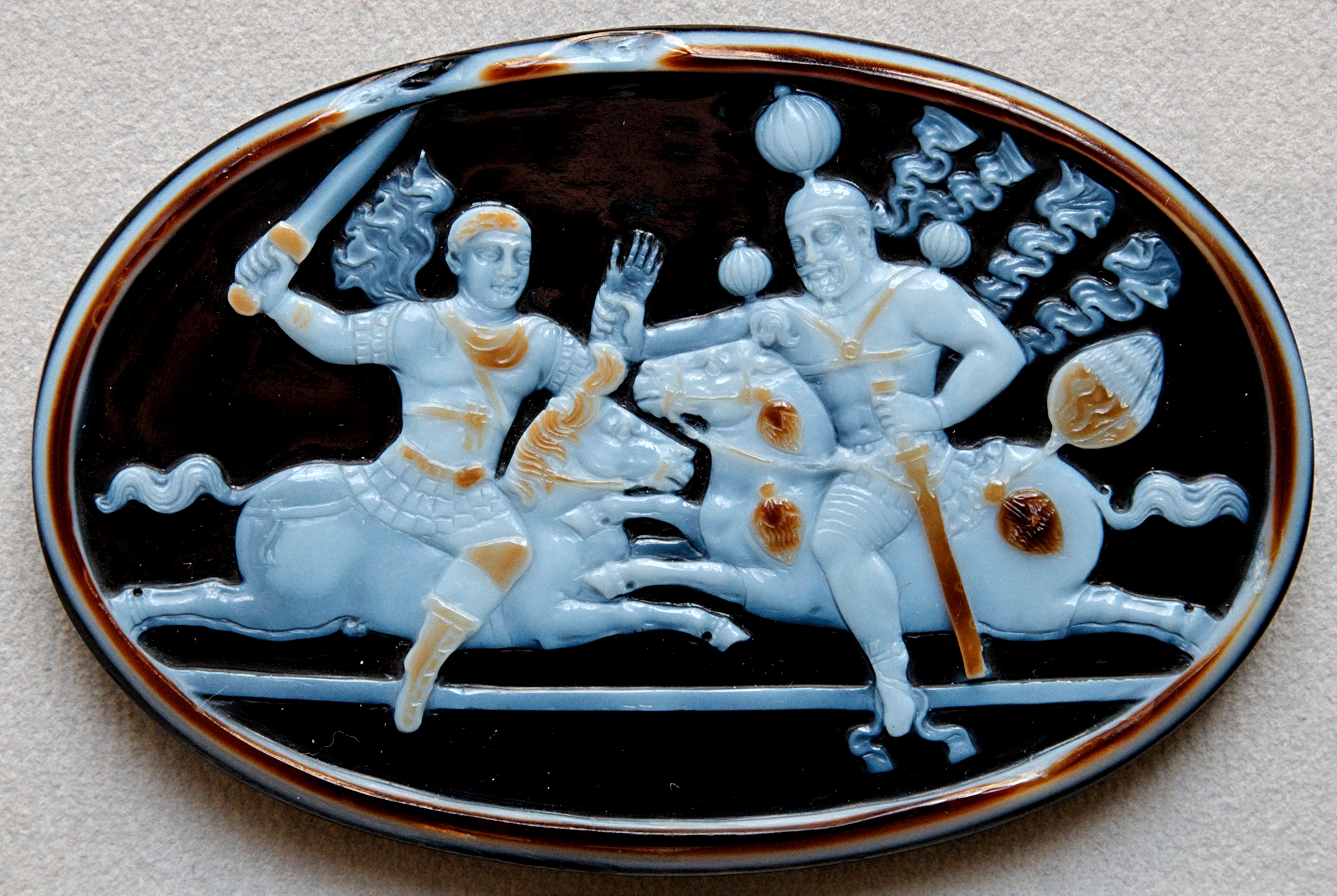Cameo Of Shapur I And Valerian on:
[Wikipedia]
[Google]
[Amazon]
 The Cameo with Valerian and Shapur I is now on display in the
The Cameo with Valerian and Shapur I is now on display in the
The cameo on the website of the museum
Sasanian art Roman Empire cameos Culture of Iran Collection of the Cabinet des Médailles, Paris Shapur I Individual hardstone carvings Sculptures of men
 The Cameo with Valerian and Shapur I is now on display in the
The Cameo with Valerian and Shapur I is now on display in the Cabinet des Médailles
The BnF Museum or Museum of the Bibliothèque nationale de France, formerly known as the Cabinet des Médailles (), is a significant art and history museum in Paris. It displays collections of the ''Département des Monnaies, Médailles et Antiq ...
of the Bibliothèque nationale de France
The (; BnF) is the national library of France, located in Paris on two main sites, ''Richelieu'' and ''François-Mitterrand''. It is the national repository of all that is published in France. Some of its extensive collections, including bo ...
in Paris. It has the inventory number Camée 360. and was bought in 1893. The cameo is 6,8 cm high and 10,3 cm wide and made of sardonyx
Onyx is a typically black-and-white banded variety of agate, a silicate mineral. The bands can also be monochromatic with alternating light and dark bands. ''Sardonyx'' is a variety with red to brown bands alternated with black or white bands. T ...
, and is thought to date to about 260 AD. For the carving, the different colored layers of the stone was used. The background is dark, the figures are white and details are again dark again as they are on the highest level.
The cameo shows two riders. Both horses are in flying gallop. On the right side appears the Sasanian
The Sasanian Empire (), officially Eranshahr ( , "Empire of the Iranians"), was an Iranian empire that was founded and ruled by the House of Sasan from 224 to 651. Enduring for over four centuries, the length of the Sasanian dynasty's reign ...
king Shapur I
Shapur I (also spelled Shabuhr I; ) was the second Sasanian Empire, Sasanian King of Kings of Iran. The precise dating of his reign is disputed, but it is generally agreed that he ruled from 240 to 270, with his father Ardashir I as co-regent u ...
(reigned AD 241–272). He wears a helmet with a globe crest. His shoulders also have attached globes. His right arm is holding the left arm of the Roman emperor Valerian (reigned AD 253–260). The Roman emperor holds in his right hand a sword (''gladius
''Gladius'' () is a Latin word properly referring to the type of sword that was used by Ancient Rome, ancient Roman foot soldiers starting from the 3rd century BC and until the 3rd century AD. Linguistically, within Latin, the word also came t ...
''). He is beardless and has on his head a laurel wreath
A laurel wreath is a symbol of triumph, a wreath (attire), wreath made of connected branches and leaves of the bay laurel (), an aromatic broadleaf evergreen. It was also later made from spineless butcher's broom (''Ruscus hypoglossum'') or cher ...
, identifying him as Roman emperor. Though the client was presumably Sasanian, the style is Greco-Roman, as the artist presumably was.
The scene shows most likely the capturing of emperor Valerian by Shapur I in the Battle of Edessa
The Battle of Edessa took place between the armies of the Roman Empire under the command of Emperor Valerian (emperor), Valerian and the Sasanian Empire under Shapur I, in Edessa, Mesopotamia, Edessa (now the Turkish city of Urfa) in 260. The ...
in AD 260. The battle was a huge success for the Sasanian troops as they managed to seize the Roman emperor, an event that was celebrated on several monuments.
In 256, the Sasanians conquered the Greek city of Antioch
Antioch on the Orontes (; , ) "Antioch on Daphne"; or "Antioch the Great"; ; ; ; ; ; ; . was a Hellenistic Greek city founded by Seleucus I Nicator in 300 BC. One of the most important Greek cities of the Hellenistic period, it served as ...
and it seems likely that many craftsmen and artists were taken. It seems possible that the cameo was made by such an artist. Carved gem
An engraved gem, frequently referred to as an intaglio, is a small and usually semi-precious gemstone that has been carved, in the Western tradition normally with images or inscriptions only on one face. The engraving of gemstones was a major lux ...
s was a Ptolemaic invention and a common art in the Greco-Roman culture that was also adopted by the Sasanians. The design of the Shapur Cameo combines both Roman and Sasanian styles.Nils Ritter (January 2017). Gemstones in pre-Islamic Persia: Social and Symbolic Meanings of Sasanian Seals. In: ''Gemstones in the first Millennium AD: Mines, Trade, Workshops and Symbolism''. Hg. von Dieter Quast. Mainz 2017.
References
{{ReflistExternal links
The cameo on the website of the museum
Sasanian art Roman Empire cameos Culture of Iran Collection of the Cabinet des Médailles, Paris Shapur I Individual hardstone carvings Sculptures of men